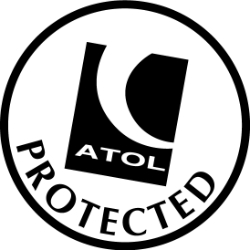Cuba is world famous for its music, and no visit to the island would be complete without a trip to Trinidad – the very heart and soul of its well-deserved musical fame. As well as being one of the most beautiful, quintessentially Cuban cities on the island, with its brightly coloured facades, colonial buildings and cobbled streets, you’ll find live music being played in squares and parks almost everywhere you go – with both travellers and locals all mixing along. Most of the bars are located directly around the Plaza Mayor, and we strongly recommend the Casa de la Trova, where you can dance to live Cuban music all night long. For a more atmospheric musical experience, be sure to visit the Casa de la Música where you can listen to amazing live bands while sitting on the wide stone stairs next to the church enjoying a Mojito in the open air.
Trinidad was one of the first Cuban towns founded by the Spanish and today is its best preserved colonial city. The Valle de Los Ingenios, also known as Valley of the Sugar Mills, is very nearby, and it was here that early settlers began the island’s sugar cane industry – leading the Cuba becoming the world’s leading sugar producer during the 18th and 19th centuries. Today you can still visit the valley, and marvel at the illustrious colonial-style mansions with their Italian frescos, Wedgwood china and French chandeliers – all reminiscent of a time when the sugar industry was booming and money flowed through the area.
In 1988, Trinidad became a UNESCO World Heritage Site and one of the most popular cities to visit in Cuba – but not only for its architecture, history and music. Only a few kilometers outside of the city you’ll find some of the most magnificent beaches the country has to offer on its south coast, perhaps most famous and beautiful of all being Playa Ancón. The national park ‘Topes de Collantes’ is also just a short drive away. Hidden in the Sierra del Escambray (Escambray mountains), the park offers both adventure and relaxation, and is sure to make for memories that will last for a lifetime.





